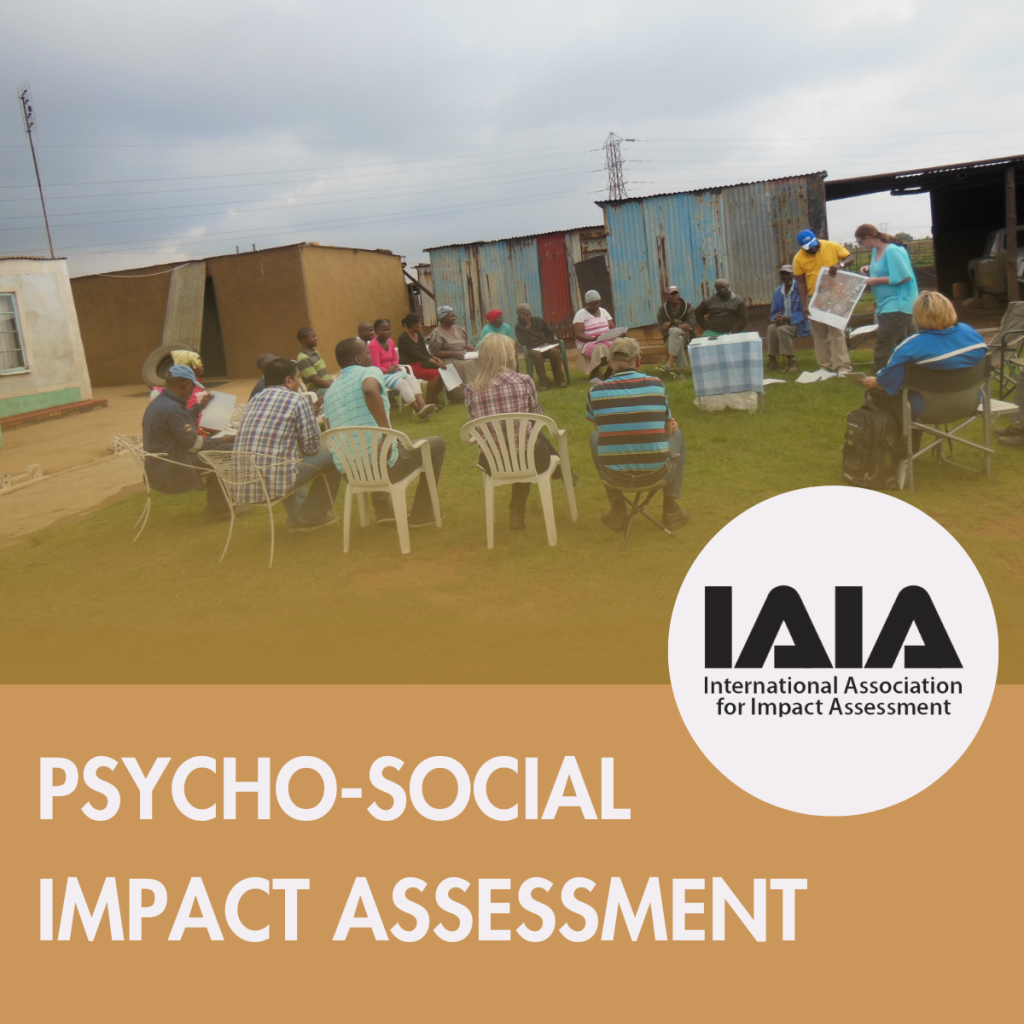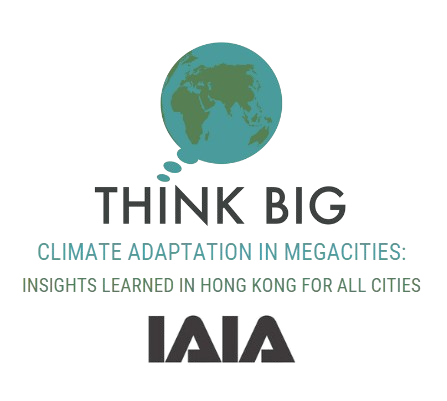This webinar presented a Māori (Indigenous people of New Zealand) approach to impact assessment, using work completed investigating the 2011 grounding of the MV Rena container ship on Ōtāiti (Astrolabe Reef) in the Bay of Plenty, New Zealand, and its associated impacts. The approach utilized an Indigenous-based decision-making framework—the Mauri Model—within a Māori-centered research methodology, known as kaupapa Māori.
This Indigenous-based approach has provided a medium to explore and incorporate both Western scientific knowledge and traditional Māori knowledge, to enhance understanding of the complex impacts and interconnections present in this disaster context. More importantly, it provided an avenue for the effective empowerment and inclusion of the worldviews and knowledge of local Māori communities affected by the disaster.
Lessons learned from the MV Rena assessment have been echoed and further expressed in the Aashukan Declaration, a document that outlines an Indigenous perspective on the principles for how impact assessment should be carried out on traditional lands. Some initial lessons and implications that arose from the related Aashukan cultural exchange (aashukan.com) in April 2017 were also explored.
Target Audience:
Practitioners who work with Indigenous peoples or diverse community groups, or those interested in understanding an Indigenous perspective and approach to impact assessment.
Presenters:
Tūmanako Faaui is a Doctoral Candidate at the University of Auckland, New Zealand. Tūmanako’s thesis examines the impacts of the 2011 grounding of the MV Rena in the Bay of Plenty, New Zealand.
Dr. Kēpa Morgan is Indigenous, a Fellow of the Institution of Professional Engineers, General Manager of Ngāti Mākino Iwi (tribal) Authority, and Chair of the Indigenous Peoples Section of IAIA. During his career, Kēpa has held roles including Engineer, Chief Executive, and Associate Dean, and has co-created engineering solutions with Indigenous communities of the Pacific.






